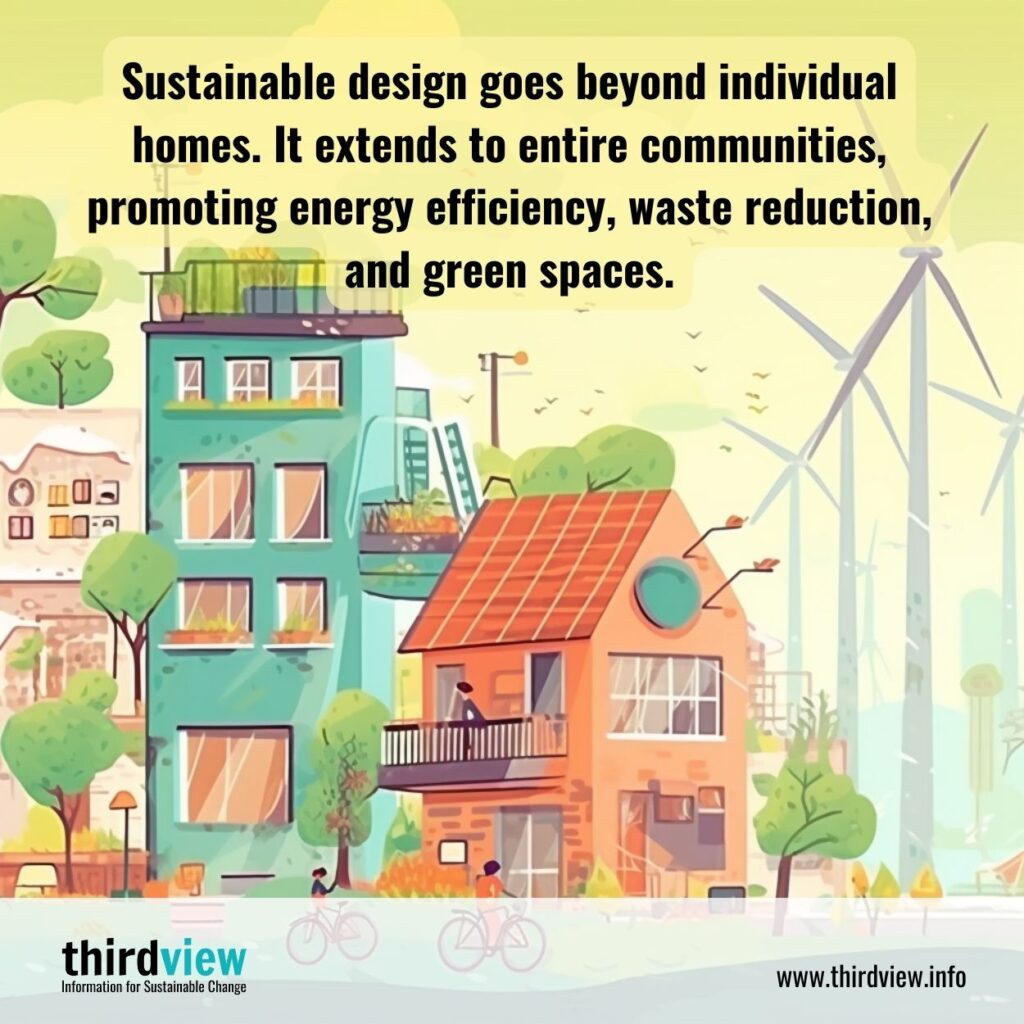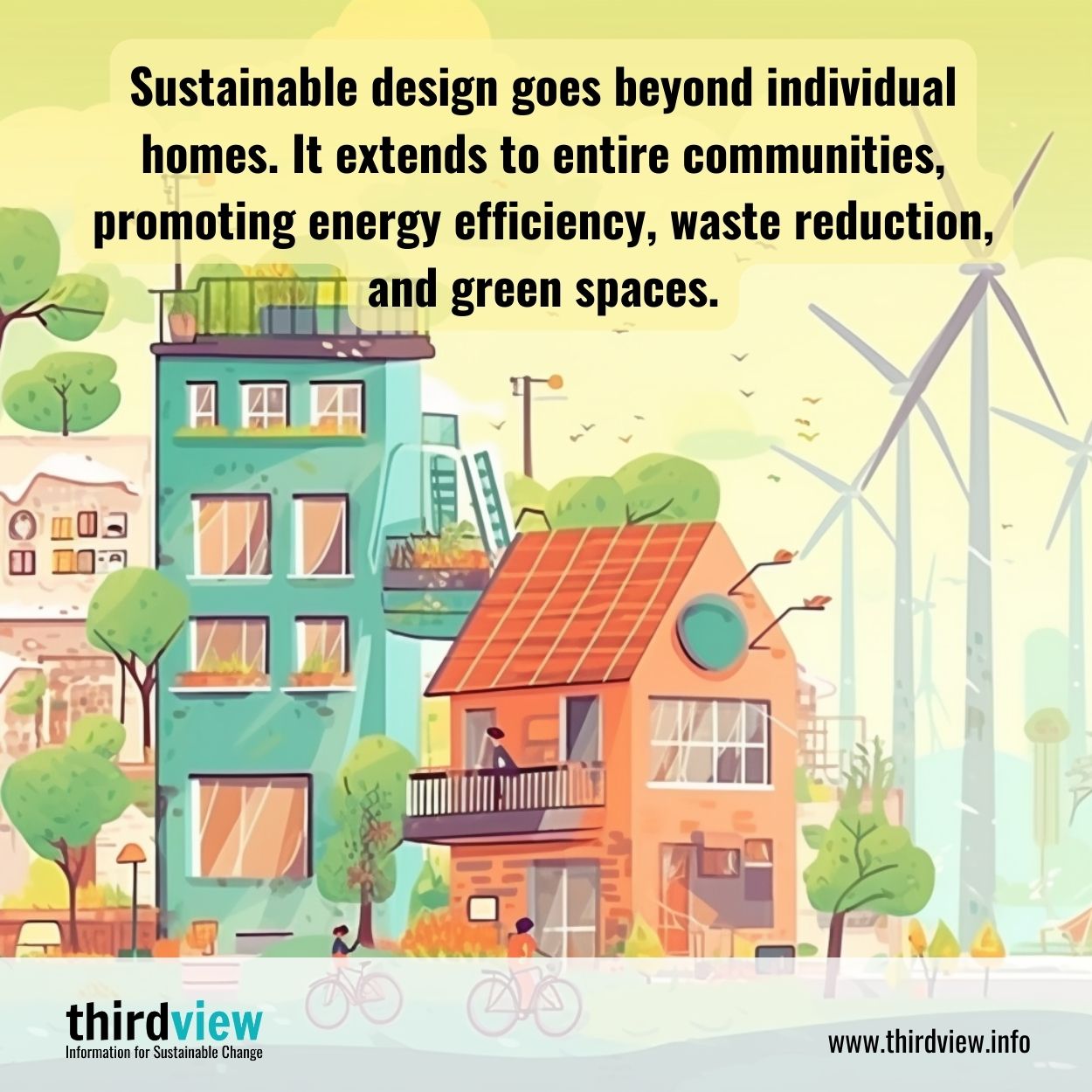Sustainable design is not a new concept, but it has gained more attention and popularity in recent years. Today, people are more aware of the impact that they have on the environment and are looking for ways to live a more sustainable lifestyle. One of the ways we can achieve this is through sustainable design. Sustainable design refers to the use of eco-friendly and energy-efficient materials, products, and technologies to create residential and commercial buildings. In this blog post, we will explore the benefits of sustainable design for our homes and communities.
Healthier Living Spaces
Sustainable homes are designed to improve the health and well-being of the people living in them. For example, low or zero VOC (volatile organic compounds) paints and finishes are used in sustainable homes to improve indoor air quality and reduce long-term exposure to toxins. Sustainable homes also incorporate natural ventilation systems, which allow fresh air to circulate throughout the house, reducing the chances of mould and mildew formation.
Energy Efficiency
Sustainable homes are designed to be energy-efficient, which means they consume less energy and produce fewer greenhouse gas emissions. This is achieved through various strategies such as utilizing passive solar designs, installing energy-efficient appliances and lighting, and using insulation materials that reduce heat loss from the building. Energy-efficient homes not only save money on utility bills but also reduce the carbon footprint of the building and contribute to a more sustainable future.
Lower Operating Costs
Although sustainable homes may have a higher upfront cost, they have lower operating costs over their lifetime. Energy-efficient appliances and lighting, along with the use of renewable energy sources, like solar power, can result in significantly lower electricity bills. Additionally, sustainable homes use less water, which translates to lower water bills.
Increased Property Value
Sustainable homes are increasingly in demand and are known to have a higher property value than traditional homes. Buyers are willing to pay more for sustainable homes that provide energy efficiency and reduce their environmental impact. Additionally, sustainable homes are in line with the latest industry standards, making them more appealing to buyers who are interested in eco-friendly homes.
Community Benefits
Sustainable design is not limited to individual homes but can also be extended to entire communities. Sustainable communities are designed to promote energy efficiency, reduce waste, support public transportation, and provide access to green spaces. These communities have a positive impact on the environment and provide residents with a healthier, more sustainable place to live.
Sustainable design is a win-win for our homes and communities, providing benefits such as healthier living spaces, energy efficiency, lower operating costs, and increased property value. Sustainable communities also promote a greener lifestyle and create a sense of community awareness and responsibility towards the environment. It’s time we all consider sustainable design as an essential factor when designing our homes and communities to protect the planet and the well-being of future generations.


